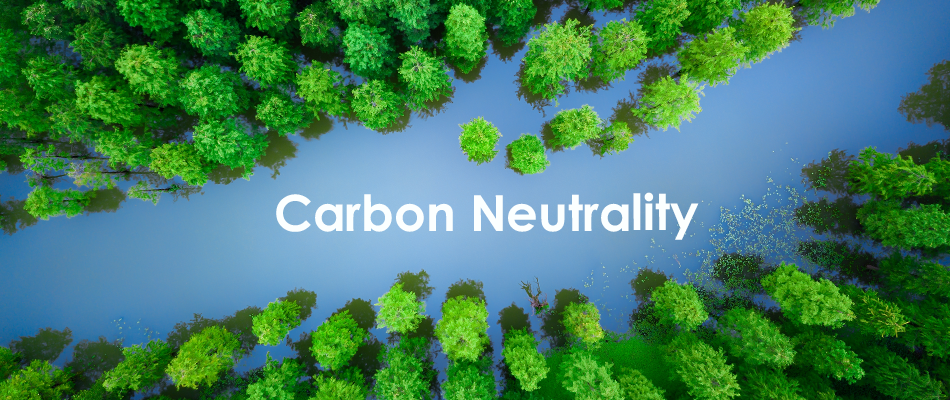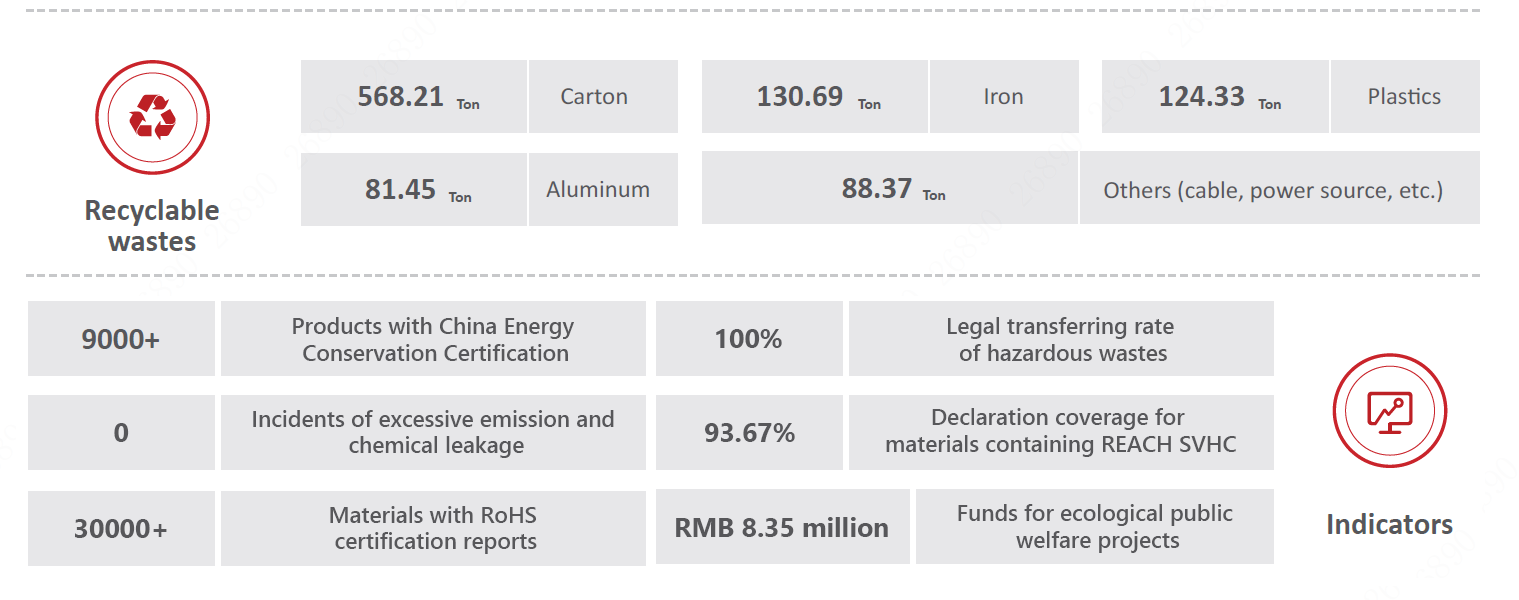Blog
Dahua Takes Action in Fully Implementing Carbon Neutrality
SHARE
21
January 26, 2022

Carbon neutrality is a state of "net-zero" carbon dioxide or greenhouse gas emissions that were directly or indirectly produced by countries, enterprises, products, or human activities within a certain period of time. It can be achieved through afforestation, energy conservation, emission reduction, and other relevant initiatives.
As a world-leading video-centric smart IoT solution and service provider, Dahua fulfills its social responsibility by implementing a wide range of sustainability strategies that includes reduction of its CO2 emissions.
Here are some of Dahua’s approaches to help achieve carbon neutrality:
1. Optimization of energy generation methods to produce green energy
Spread across the top floor of Dahua Smart (IoT) Industrial Park are more than 70,000 m² of solar panels. They collectively provide an annual power generation of more than 1.5 million kWh, greatly reducing the use of energy generated from burning coal.
Aside from that, Dahua has also incorporated harnessing solar energy into its Integrated Off-grid Security solution, which is one of the technological trends predicted to accelerate in 2022. It is composed of a solar module primarily made of monocrystalline silicone with aluminum alloy frame and tempered glass panels. By combining solar power technology with 4G network transmission and video surveillance (including AI functions), this solution offers an integrated off-grid monitoring system that is suitable for areas with limited access to network connection and electricity.
2. Emission reduction and sustainable transformation of public facilities
Dahua vigorously develops low-carbon/non-carbon processes and improves the greenery in our premises in order to create a more sustainable factory. Waste gas and oil fumes are concentrated and absorbed by a purification device, which provides a collection efficiency and absorption rate of more than 90%. Testing agencies regularly conduct on-site inspections and release an Industrial Exhaust Gas Inspection Report that shows all indicators have met relevant national standards.
At our Dahua office, we have an intelligent sensing system in place for the automatic control of our air conditioners, and an automatic dimming function for our lighting, which help save over 25% of power. Our conference room is also equipped with Dahua DeepHub Smart Interactive Whiteboard to minimize paper usage and promote paperless multi-screen sharing and remote collaboration.
Moreover, the Dahua Smart (IoT) Industrial Park also implements an Energy Management System for a unified collection of data online including electricity, water, and gas consumptions, as well as the waste discharge in the park. This platform can conduct park energy consumption assessment and data analysis online according to region, energy consumption, and time, making energy conservation and consumption reduction more convenient, scientific and reasonable.
3. Improvements in product designs to enhance energy efficiency and conservation
Dahua advocates lightweight designs, reduces/optimizes various electronic components, and develops low-power and energy-saving products. For example, the company upgraded its LED display product by adopting an integrated module with redesigned chip and durable die cast aluminum. It reduces the rear cabinet by 20W, generating an annual energy savings of up to 320KW. This lightweight, energy-efficient design is also featured in other product lines. At present, more than 9,000 Dahua products (e.g. LED displays, NVR, IVSS, EVS) have obtained China Energy Conservation Certification.

Dahua Sustainable Development Indicators
In addition, in terms of transmission, Dahua has also developed its patented Enhanced Power Over Ethernet (ePoE) technology. It supports transmission of both power and video, audio and control signal over up to 800 meters of distance via traditional Cat5 Ethernet cable. Since only one cable is needed to connect front-end to back-end devices, the Dahua ePoE IP system significantly reduces the number of deployed devices (e.g. switches) as well as installation costs.
4. Development of a low-carbon circular supply system and a green supply chain
While considering the whole product life cycle from the initial product design to recycling and reuse, we regularly carry out energy conservation and product optimization measures, including reducing the use of raw materials, promoting recycling in the company, establishing an energy management system, and controlling all production links according to green factory standards.
To minimize E-wastes, the company has formulated a recycling plan for electronic wastes and electrical appliances generated due to quality issues and product expiration. This scheme includes material returns, material acceptance, disposal evaluation, disposal process, and scrap management, all of which have been standardized to achieve full control of the whole recycling process.
Product packaging are also regulated according to the requirements of the EU94/62/EC Packaging & Waste Packaging Directives. Carton materials strictly follow the relevant requirements of GBT 39084-2020 Green Product Assessment-Packings for Express Service.
Furthermore, all suppliers of Dahua must undergo an on-site inspection conducted by SQE, Procurement Department, and R&D to review their compliance with relevant environmental protection policies. They must also sign the EHS & Environmental Protection Commitment before being introduced to the supply chain.
TOPIC:













